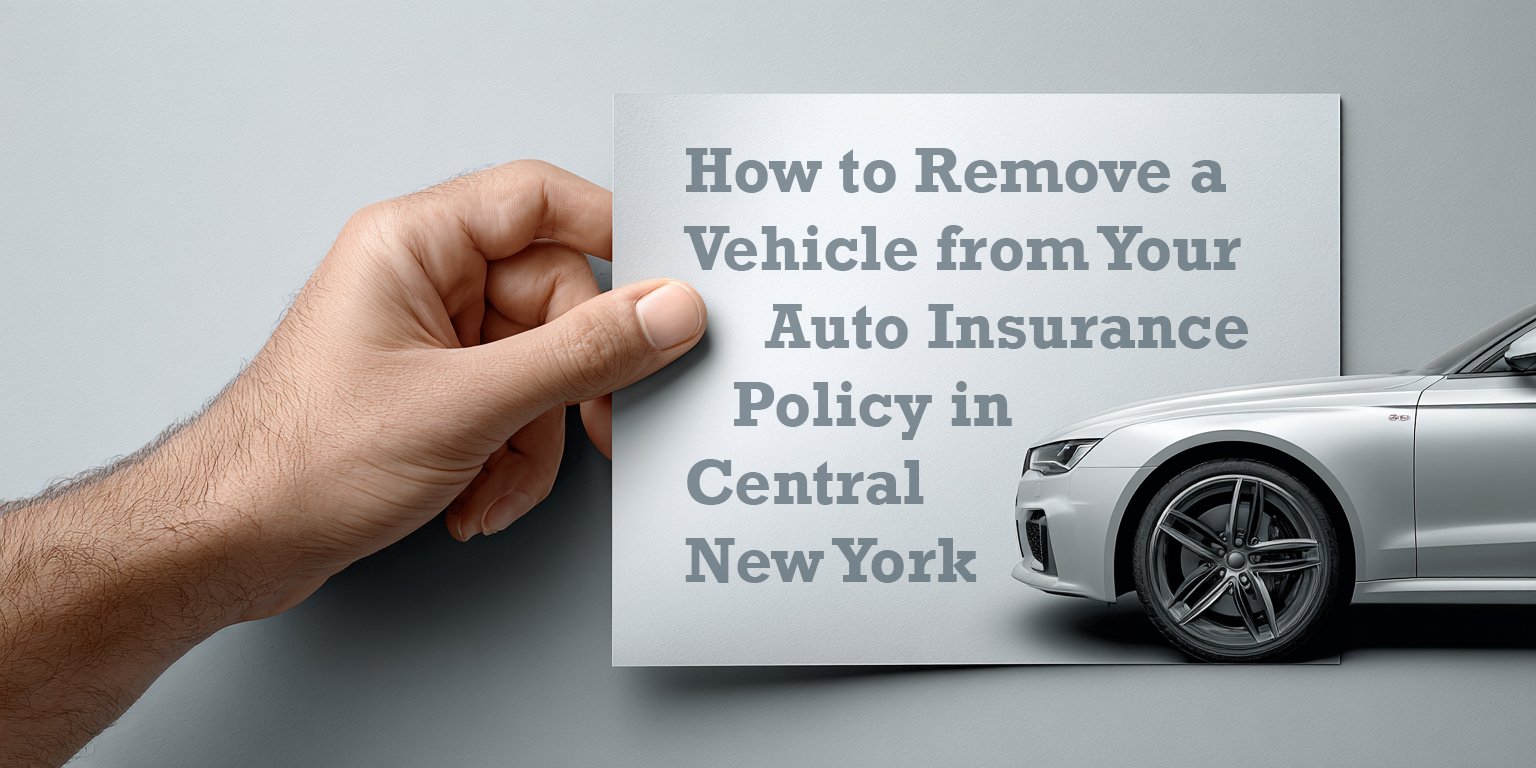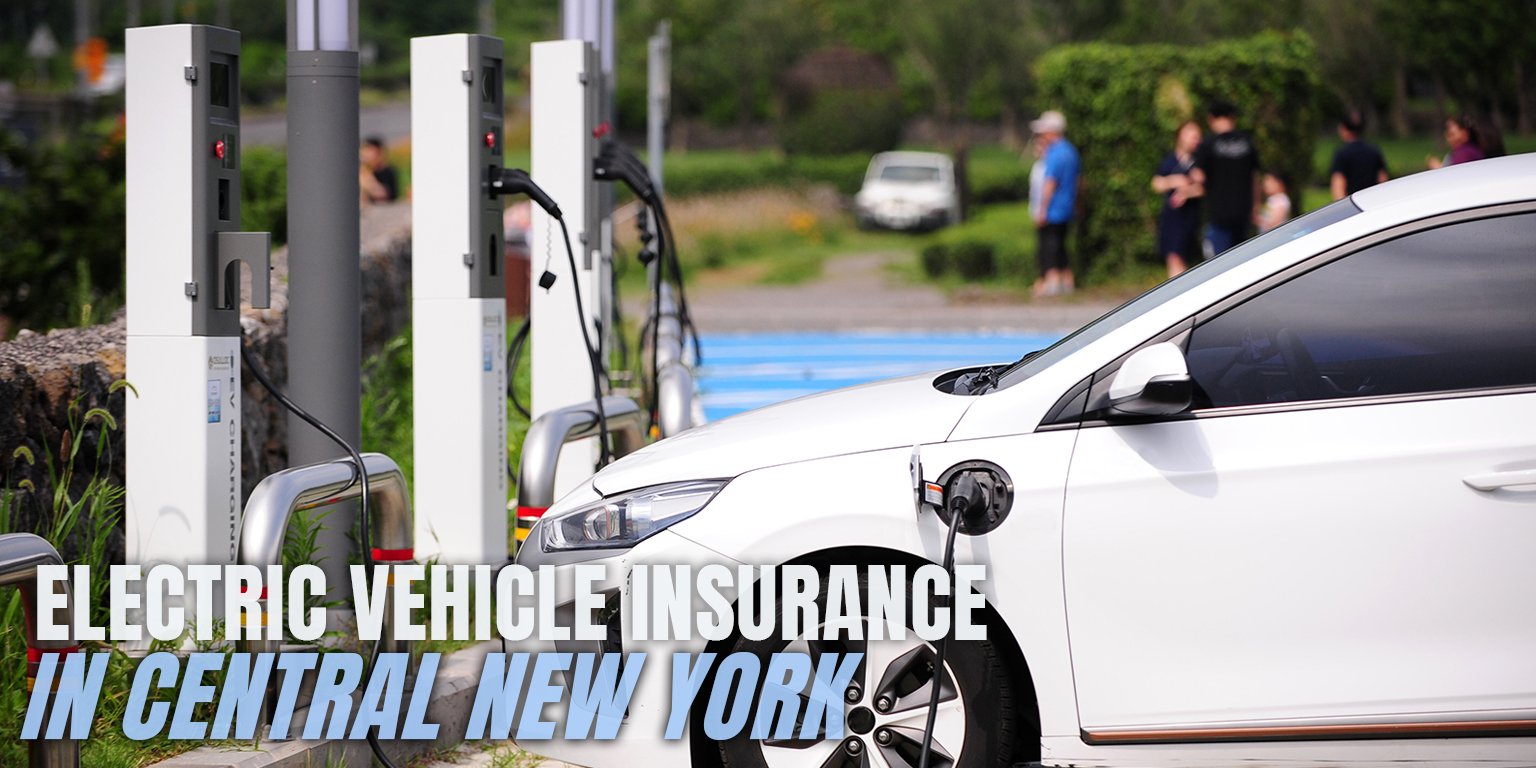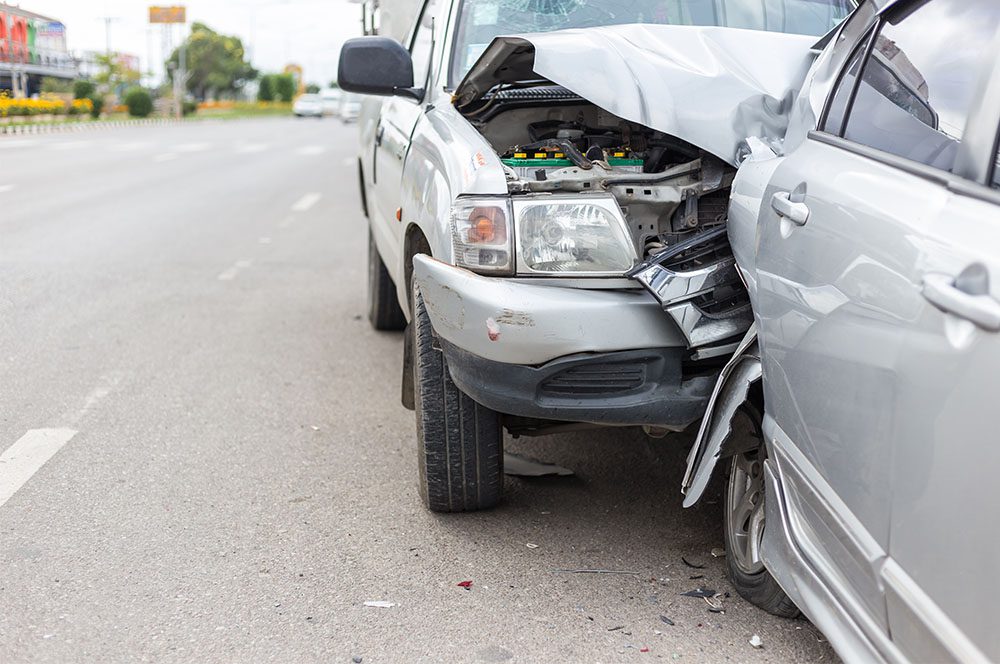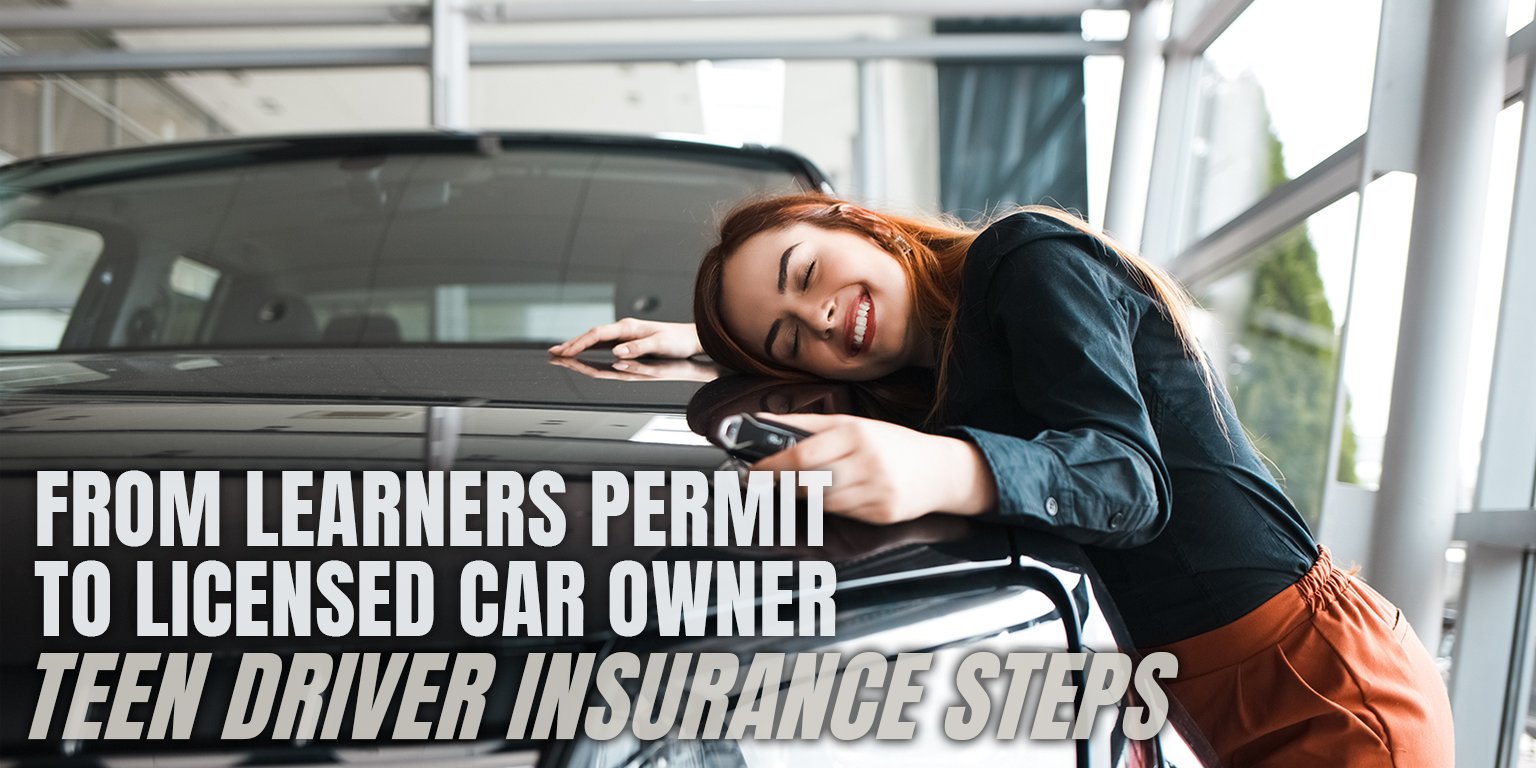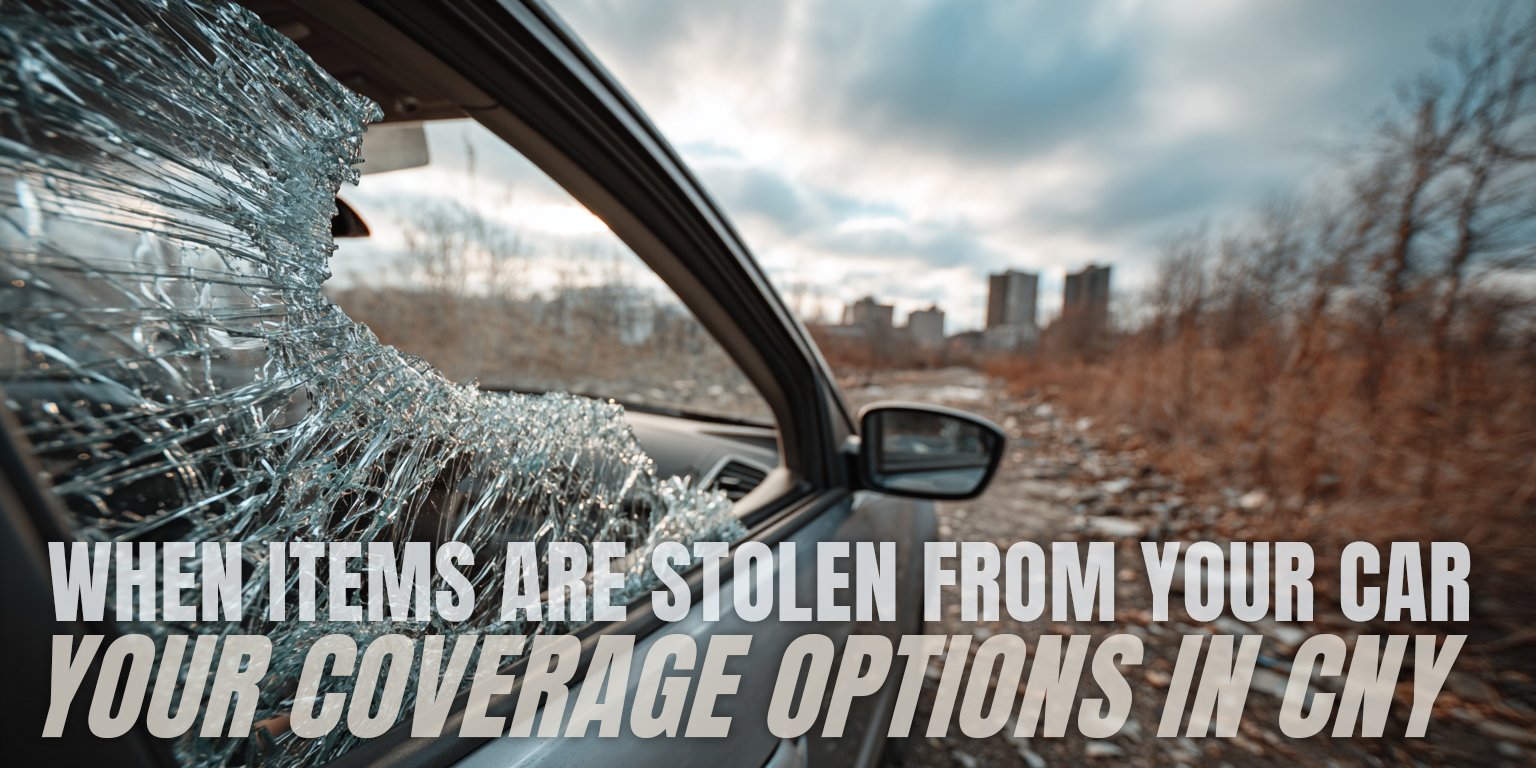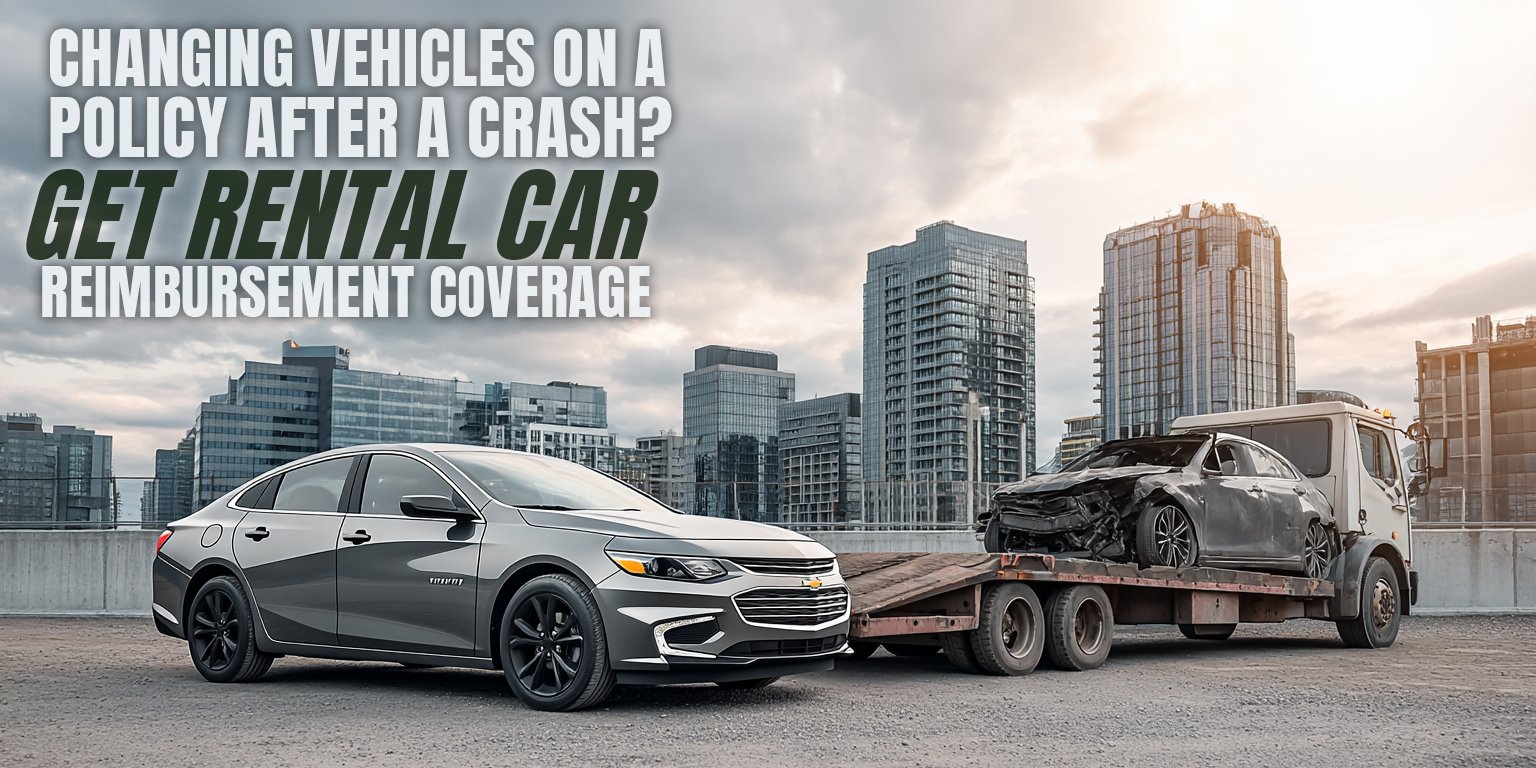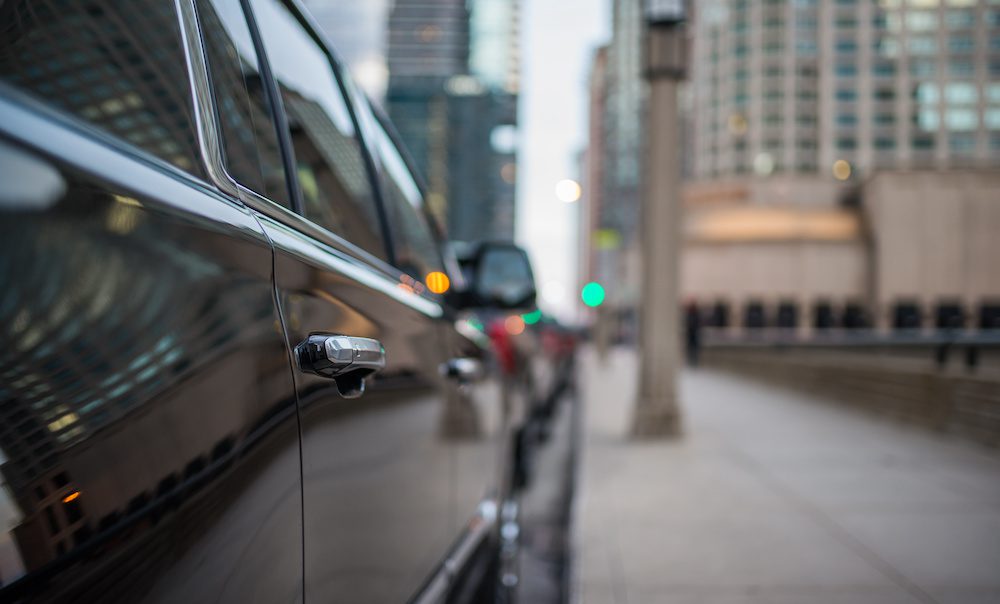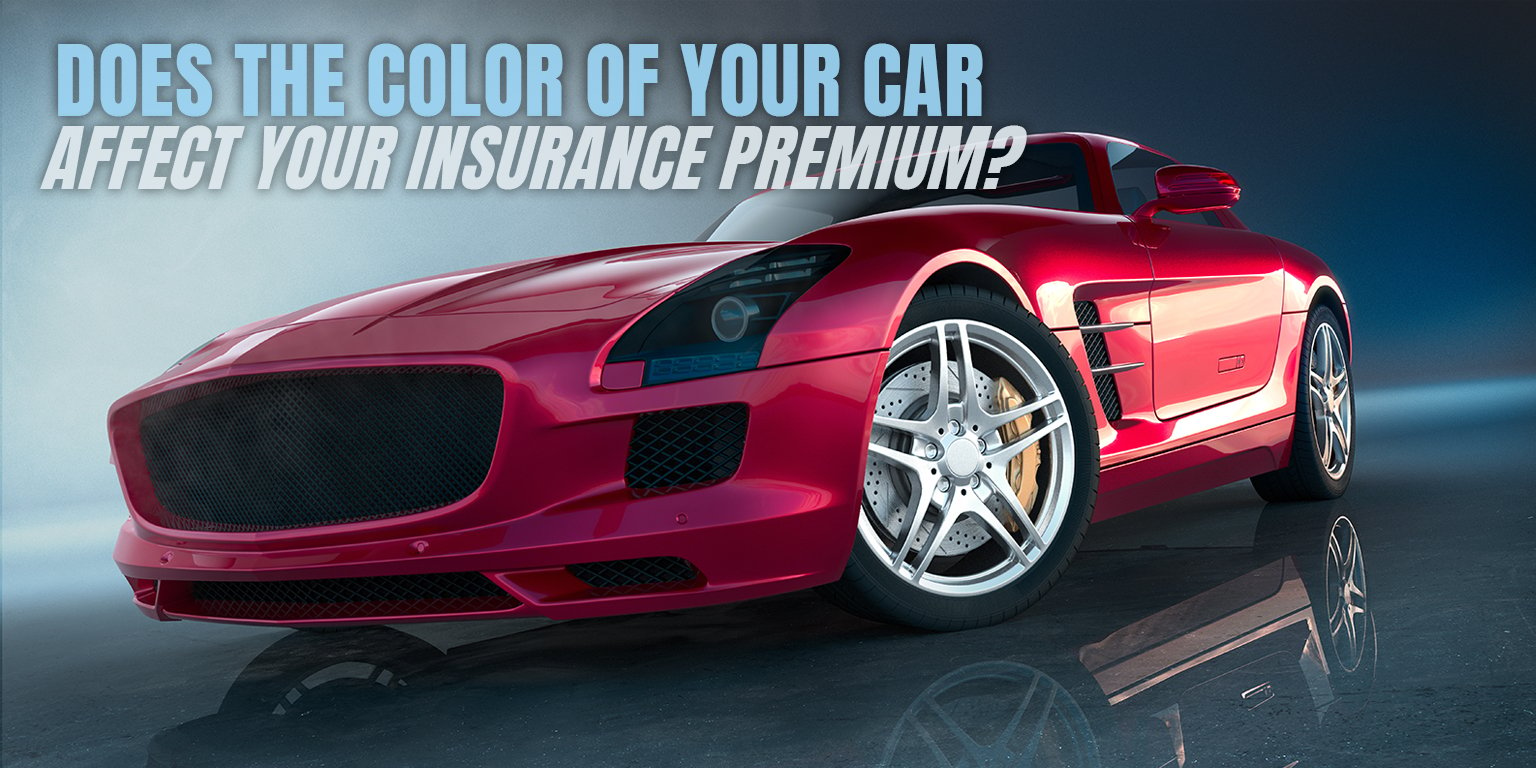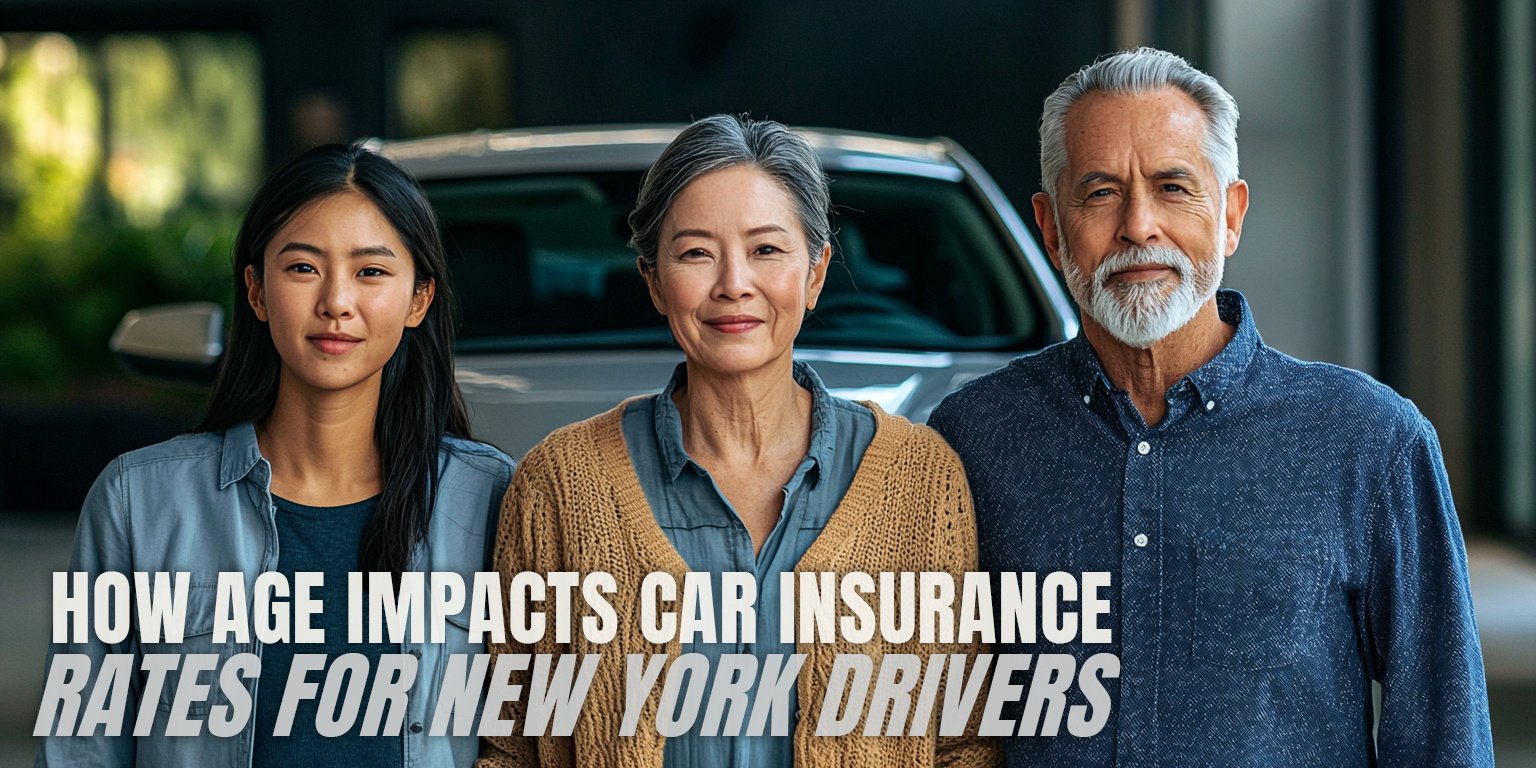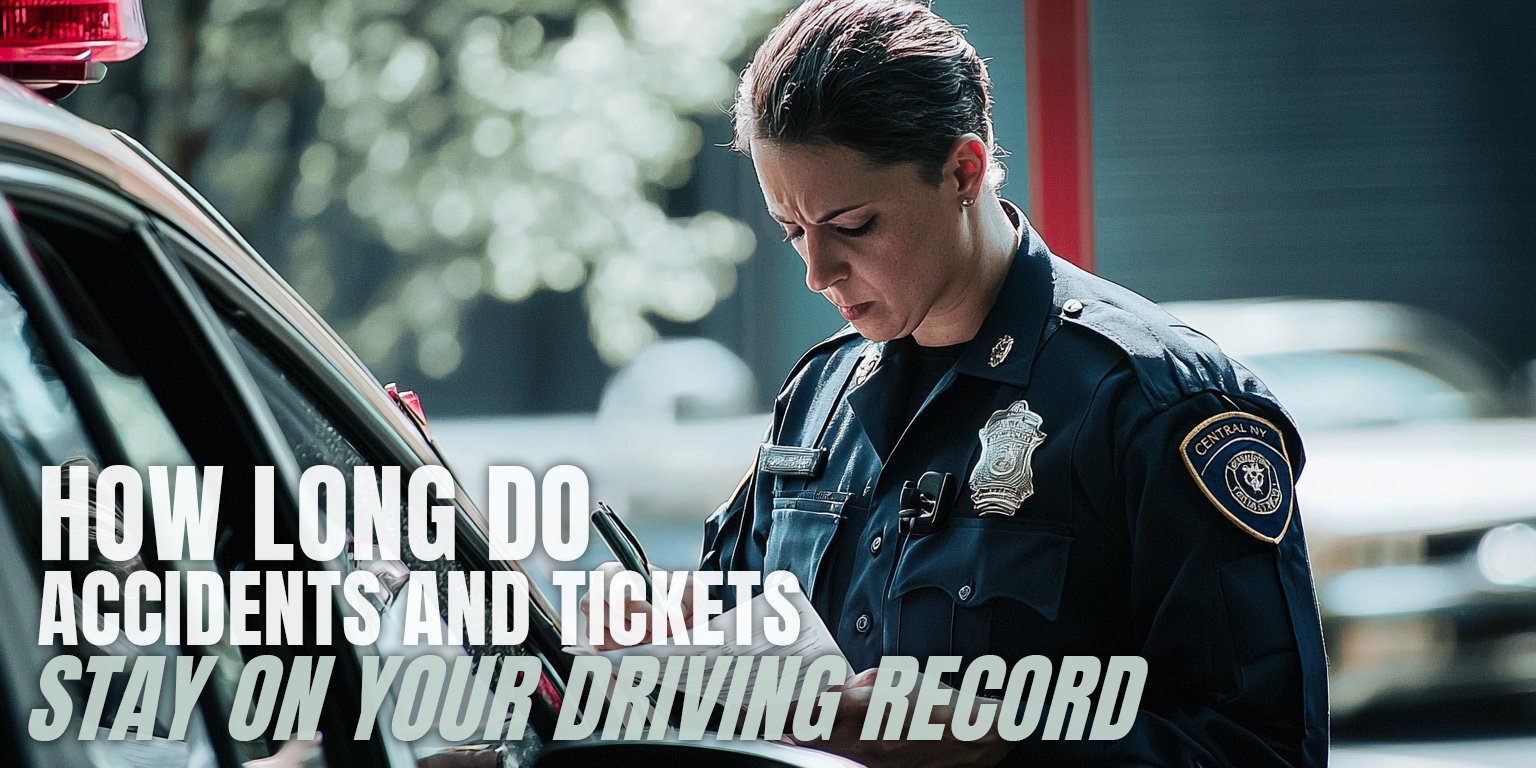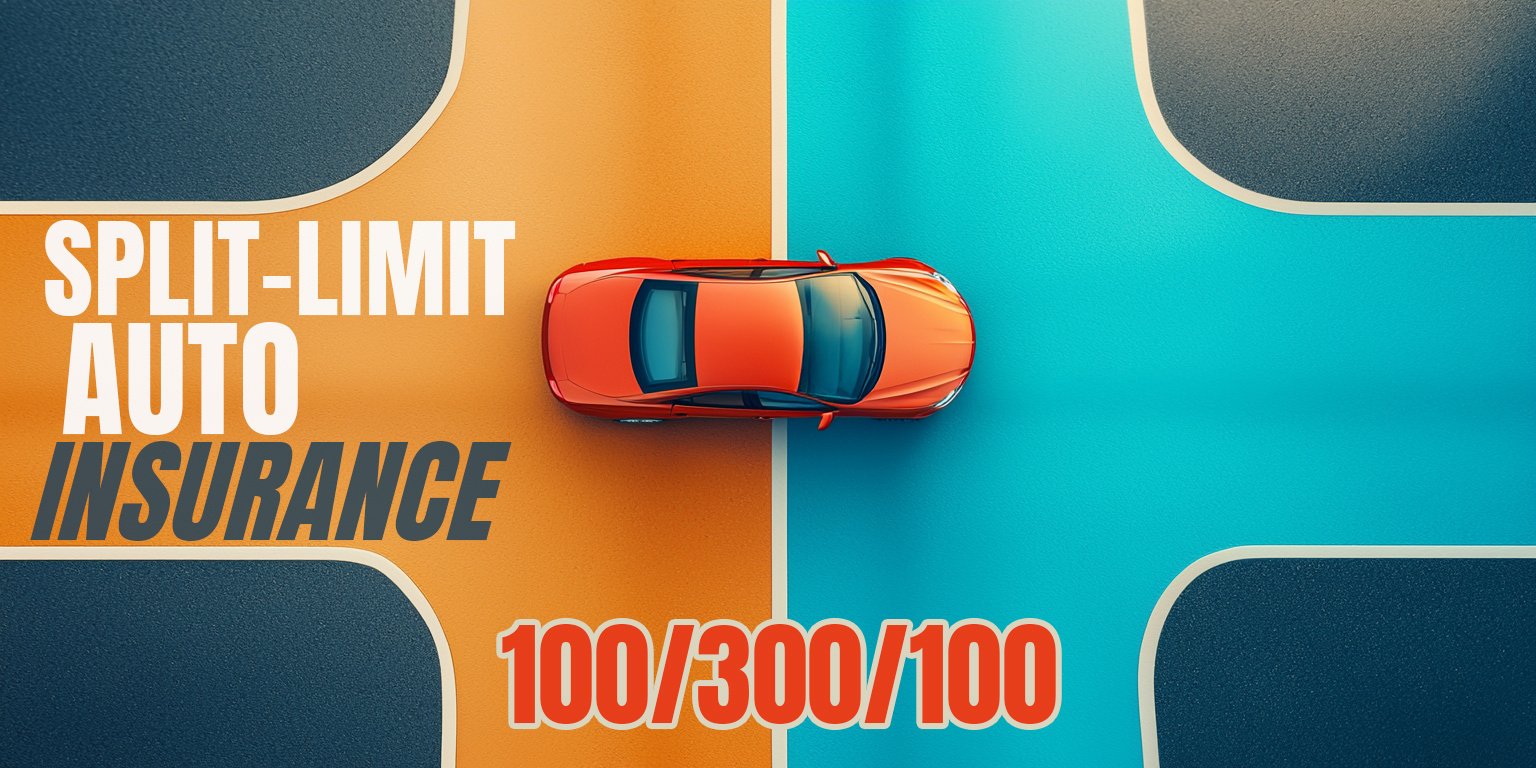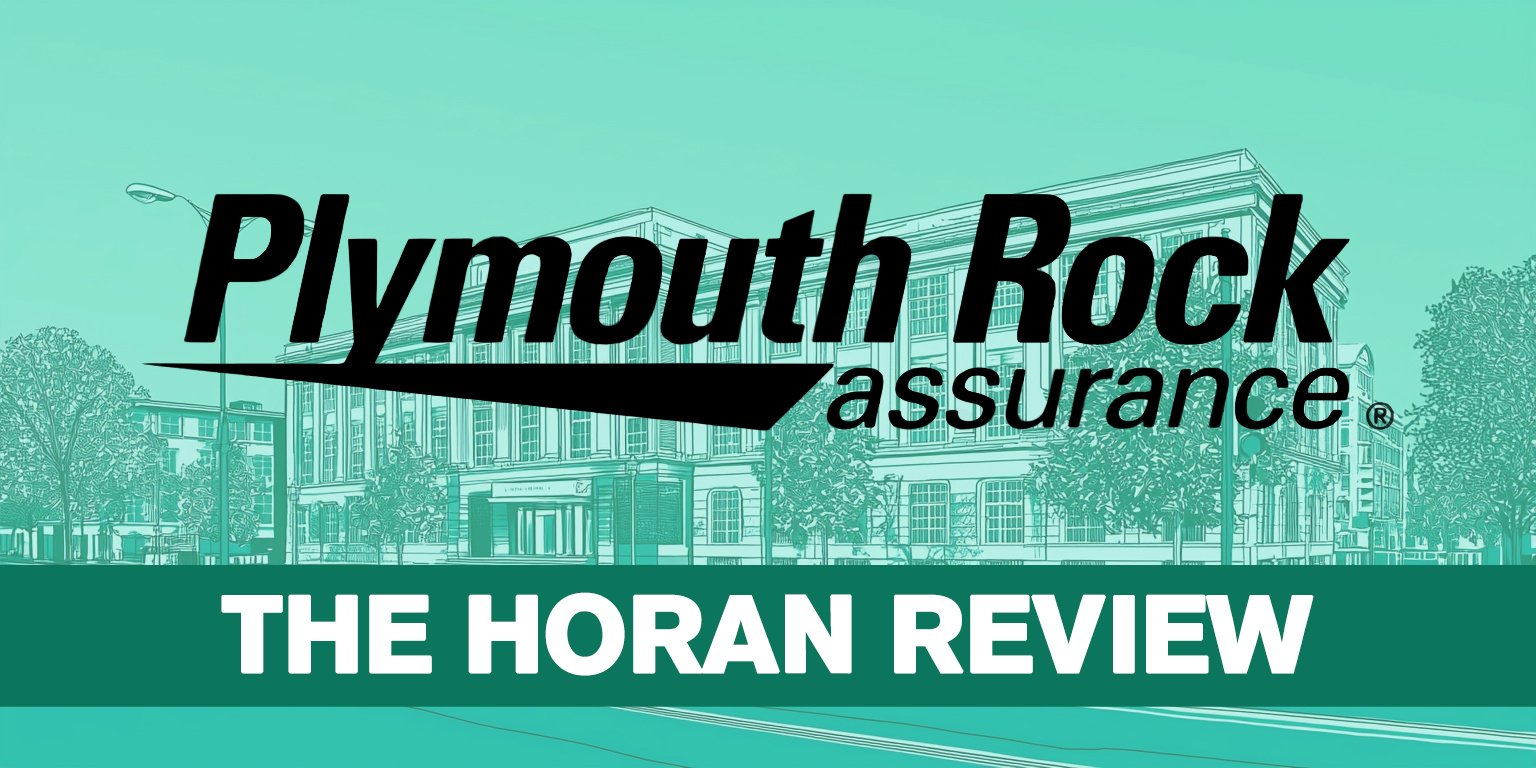When you hand your car keys to a friend for a quick errand, the last thing you want is a phone call about an accident. Yet these situations happen across Central New York every day, leaving vehicle owners with questions about insurance coverage, liability, and next steps.
Many drivers don't realize the implications of lending their car until they face the aftermath of a collision they weren't even present for.
At the Horan insurance agency, we've helped many Central New York drivers understand their options when someone else crashes their vehicle. Insurance coverage for borrowed vehicles follows specific rules that differ from state to state, and New York has its own framework that every vehicle owner should understand.
In this article, we'll explore what happens with your insurance when a friend drives—and crashes—your car, how permission factors into coverage decisions, and steps you can take to reduce the financial impact of lending your vehicle.
Your Insurance Follows Your Car When Friends Drive with Permission
In New York State, auto insurance generally follows the vehicle rather than the driver. This means your insurance policy provides the primary coverage when someone else drives your car with your permission.
When you lend your car to a friend or family member and they're involved in an accident, your policy will typically cover the damages—subject to your deductibles and policy limits—just as if you were driving. This concept, known as "permissive use," applies in most scenarios where you've given someone explicit permission to drive your vehicle.
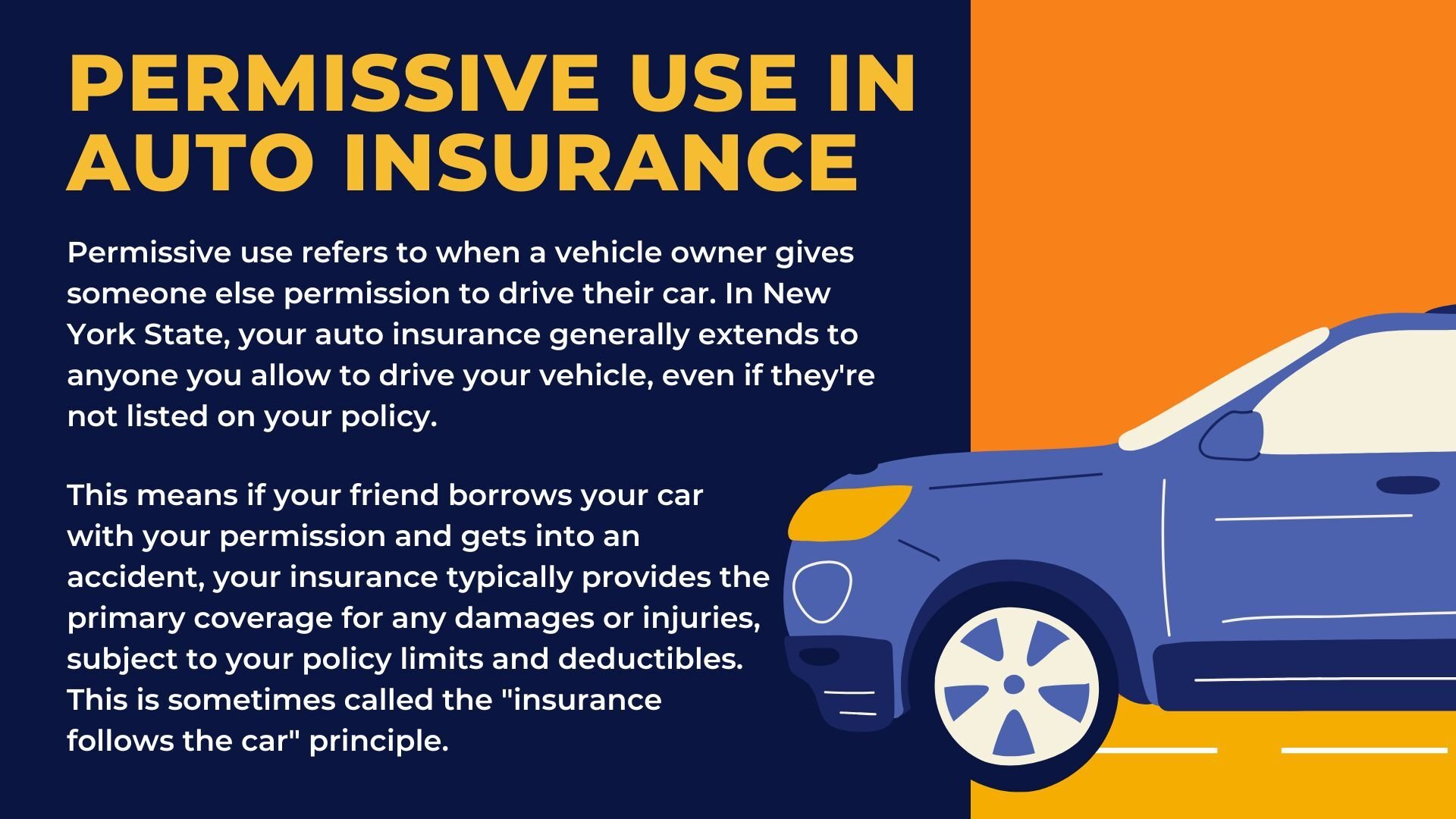
For example, if you loan your car to a friend for a grocery run in Liverpool and they collide with another vehicle, your insurance will generally handle the claim. This includes:
- Damage to the other person's car or property
- Medical expenses for injuries to others
- Damage to your own vehicle (if you carry collision coverage)
However, this coverage doesn't mean you're completely insulated from the financial impact. When someone else crashes your car, the claim still goes on your insurance record, which could affect your future premiums.
How Permission Affects Insurance Coverage After an Accident
The question of permission plays a central role in determining insurance coverage when someone else crashes your car. Insurance companies classify drivers into several categories:
Permitted Drivers
When you explicitly give someone permission to drive your car, they become a permitted driver. Your insurance policy extends coverage to these individuals in most circumstances. This applies whether you gave permission verbally, in writing, or implied permission through an established pattern of vehicle sharing.
For Central New York drivers, this means that if you allow your neighbor to borrow your car to drive to work in Syracuse while their vehicle is in the shop, your policy would cover an accident they might have—even though they don't live with you and aren't listed on your policy.
Unauthorized Drivers
If someone takes your car without permission—essentially stealing it—your insurance company generally won't hold you liable for damages they cause. In such cases, the unauthorized driver's insurance (if they have any) would become primary, or they would be personally responsible for damages.
However, if you carry comprehensive coverage on your own policy, damage to your vehicle from theft or unauthorized use would typically be covered under your comprehensive coverage, subject to your deductible. This means that while you wouldn't be liable for damages the unauthorized driver caused to others, your own insurance would still help repair your vehicle.
The distinction between permitted and unauthorized use isn't always clear-cut. Insurance companies may investigate to determine whether permission was actually given, especially in cases involving:
- Friends who have used your car multiple times in the past
- Household members who regularly have access to your keys
- Situations where alcohol or other factors affected your judgment
Learn about how insurers view other household drivers who have access to your vehicle.
Verify Insurance Coverage Before Lending Your Vehicle
While your insurance follows your car in New York State, lending your vehicle still carries financial risks. Before handing over your keys, consider these precautions:
1. Accessible Insurance Info
Keep your insurance information accessible in your vehicle, including your policy number and your agent's contact information. This helps your friend know who to contact immediately after an accident.
2. Verify That Coverage is Adequate
Verify that your coverage meets at least New York's minimum liability requirements:
- $25,000 for bodily injury to one person,
- $50,000 total for bodily injury in one accident, and
- $10,000 for property damage.
However, these minimums may not cover serious accidents, and you could be personally responsible for damages that exceed these limits. Many Central New York drivers opt for higher limits for better coverage.
Understand that your premiums may increase following an accident, even if you weren't driving. Insurance companies typically consider vehicle owners responsible for who they allow to drive their cars.
If your friend crashed your car in a Baldwinsville parking lot, for instance, you'd want to make sure they have your current insurance card and know to contact both the police and your insurance company promptly. This ensures the claim process starts correctly.
When Your Friend's Insurance Might Apply: New York State Specifics
Although your insurance typically provides primary coverage when someone else drives your car (following the "car not the driver" principle), there are some important New York-specific considerations to understand:
Damages Exceeding Your Policy Limits
If the damages from an accident caused by your friend driving your car exceed your policy's liability limits, their personal auto insurance could act as secondary coverage. Whether it actually does depends on their specific policy and the circumstances of the accident. In such cases, your friend should notify their own insurance company about the accident.
Household Drivers and Exclusions
It's important to note that New York State has very strict rules regarding driver exclusions. Generally, New York law does not permit excluding a licensed driver residing in the same household from an auto insurance policy. This differs from many other states.
If you have someone living with you who regularly drives your car, they typically need to be listed on your policy. Even in cases where you might think a driver is "excluded," your insurance company will likely still be responsible for coverage due to New York regulations designed to ensure broader coverage and prevent uninsured drivers.
Higher Liability Limits
If your friend has higher liability limits on their own policy, their coverage might supplement yours after your policy limits are exhausted. This is because, while your insurance is primary for your vehicle in New York, the driver can still be held liable for damages exceeding those limits. Their insurance could then provide an additional layer of coverage.
New York's No-Fault Insurance System
As a no-fault state, New York handles personal injuries differently than property damage. Regardless of who caused the accident:
- Your Personal Injury Protection (PIP) coverage will help pay for your medical expenses and lost wages
- The PIP of other involved parties will help cover their own medical expenses
- This no-fault system only applies to personal injuries, not property damage
This system impacts how claims are processed when someone else drives your car and is involved in an accident.
Lending Your Car: Insurance Considerations for Central New York Drivers
When lending your car in Central New York, consider potential insurance implications:
- Ensure the borrower has a valid license and safe driving history
- Confirm they understand local driving conditions, especially during CNY winters
- Verify that your insurance coverage is current
- Be aware that accidents may affect your future premiums
These precautions can help both you and your friend avoid unexpected complications following an accident.










